
views
Natural Motion
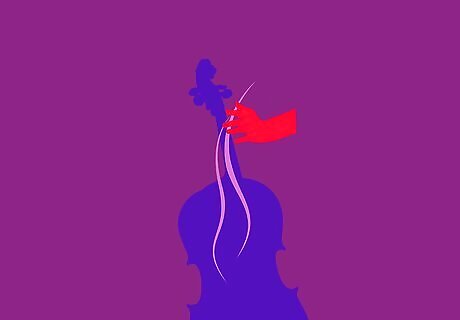
Learn the motion. Vibrato comes from the up and down motion of the arm, not from the rotation of the wrist or hand, but you do want the arm to rotate (this is different from the violin or viola). This motion is similar to opening a jar, and then closing it quickly. It is very helpful to learn this away from the cello before applying it. See next step to help with this.
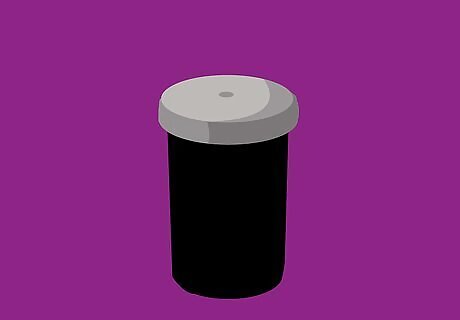
Use a prop before using the cello. To learn the motion of vibrato, it is helpful to use a film canister to serve as a rattler. Fill a film canister or a pillbox with pebbles, rice, or anything else that will rattle. Do Vibrato on a Cello Step 2Bullet1.jpg Simply hold this in your left hand. Then support your elbow as if you were playing the cello, and move your hand up and down vertically as if you were hitting something. At the same time, twist your wrist back and forth. It can also help to hold your right hand across your body and practice on your wrist. Do Vibrato on a Cello Step 2Bullet2.jpg Do this for 10 minutes a day until it feels natural. It may take several days. Don't be discouraged if it takes longer, vibrato is the type of thing you can practice for months before it "clicks."Do Vibrato on a Cello Step 2Bullet3.jpg Practice a lot. To help with control, try making this motion faster/slower, and wider/narrower. When you feel comfortable, transfer back to the cello again. Do Vibrato on a Cello Step 2Bullet4.jpg
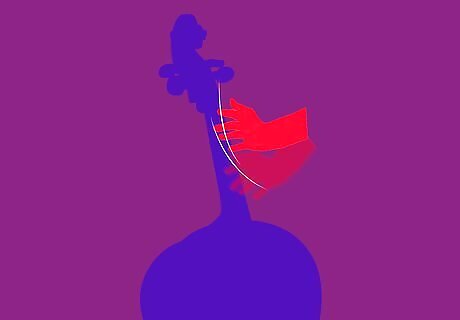
Apply the motion. Now, apply this motion to your practice, of scales especially, until it becomes a natural motion. Try playing a scale first with one vibrato (maybe slow and wide), then try again playing it another way (fast and wide), then another and so on. When first applying vibrato to your playing, try only using it on scales at first. Scales are simple so it is easier to concentrate on getting the correct motion.Do Vibrato on a Cello Step 3Bullet1.jpg
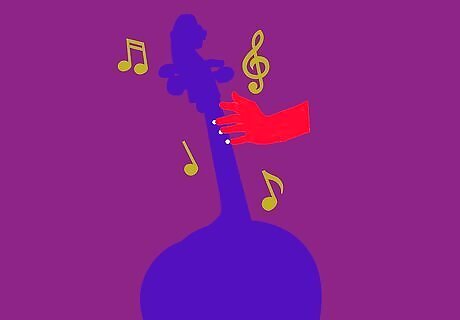
Control the motion. Be able to get a whole variety of different vibratos from wide and slow to narrow and fast. Vibrato should not just be an on/off motion. Different characters require different vibratos.
The Glissando
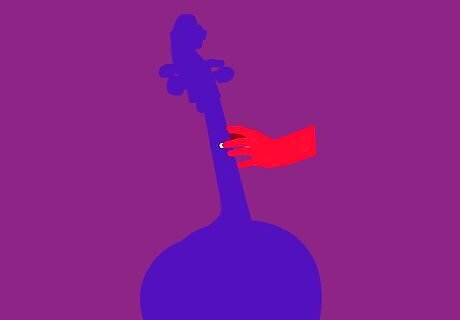
Put your thumb behind the fingerboard and put you middle finger on a note. Start with you middle finger, because that is an easy one.

Slowly use a glissando between the notes but not too much. Glissando means sliding and to move to the next note of the scale instead of picking up your finger.
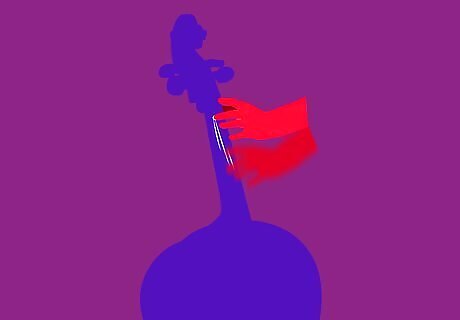
Practice doing this faster. Keep at it until it sounds good.















Comments
0 comment